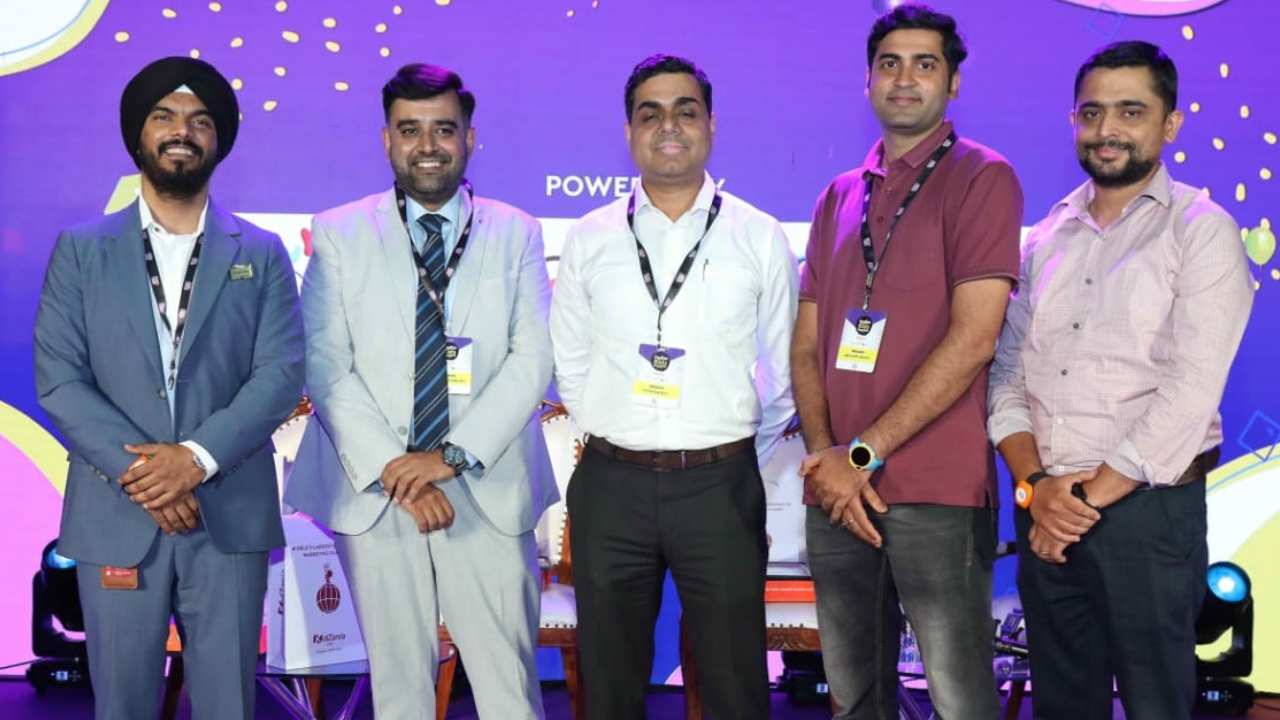India Kids Summit Season 6: The Power of Experiential Marketing in New Age Advertising
The 6th edition of the India Kids Summit brought together some of the most esteemed industry panel experts to engage in interesting conversations which ranged from talking about the markets that cater around kids, the content they consume and much more, empowering the youth, brands and much more.
One of the burning topics for the same that was discussed was Power of Experiential Marketing in New Age Advertising. The session was moderated by Tarandeep Singh Sekhon, Chief Business Officer, KidZania India moderated the session with Ashish Chablani, Asst Vice President – Head Marketing MMR Region, Runwal Realty, Nitin Pandey, Chief Operations Officer, Timezone Entertainment Pvt. Ltd – (TEEG India) and Abhishek Baheti, Founder, WatchOut Wearables.
Excerpts from the conversation-
Tarandeep: I would like to understand from you, how do you blend fun and educational in experiential marketing?
Ashish: Just to talk about AI from an experiential perspective, we have two sets of customers. It is very important to understand that from the experiential perspective, how to cater to them. For us, the kind of reach we have in Mumbai, Thane and Pune, we have to address the largest TG – which is kids. We have workshops, we have programs that help kids nurture and grow. We encourage community-driven programs. From a shopping mall’s perspective, we have to engage more with kids. Apart from them, we have different partners that help us showcase.
Tarandeep: Nitin, you have Play and Learn, which is a superb take on edutainment. Share some insight please.
Nitin: We operate about 83 venues in 39 cities and 29 states. Timezone is mainly about 66 stories, we have Play and Learn in R-City and otherwise as well. Our core concept about this is about edufun. The kid is the actor and the environment is the teacher. Based on this philosophy, we have edufun based on our venues – a concept where kids are learning while they are playing – that’s what every kid is taken through. We also invite parents to be along with the kids at our venues and they also become actively involved, as they are most comfortable with their parents. Through this, we have been able to nurture Gen Alpha while Timezone is mostly for Gen-Z and millennials. The Play and Learn business will only grow and grow.
Tarandeep: Abhishek, how have you created meaningful experiences for kids?
Abhishek: For us, creating experience was a challenge because we have a mostly online brand. We have to create the experience of that when our smartwatch for kids that they are purchasing satisfies the purchaser. We are planning to tap into schools and partner with them where we would like them to try out the product, maybe for a couple of days and then take a call. Exhibitions are gone, we need to partner and make sure the product does the talking. That’s our way of tapping into experiential marketing.
Tarandeep: Are there any experiences where you can seamlessly merge the physical and divide with products and their marketing?
Abhishek: We believe in building communities. There’s always an immersive experience we want to create in terms of amenities and lifestyle. That requires a little more feasibility and is easier to execute. Nothing can actually blend the fact that every parent wants their kid to go out in the park and play. We say the gap is coming closer. We had a Lego workshop earlier and it had the maximum amount of footfalls. We are trying to partner with the right partner and make sure it makes an impact.
Nitin: As he rightly said, there’s nothing that can replace physical. During COVID-19, the worst impacted was cinemas and indoor entertainment. We were the last ones to open. Once it did, we had an overboard of kids coming in more than ever and had parents being so happy. We were rushing and taking them to Timezone and so on, because we are so happy. However, if you aren’t on the digital space, you are definitely missing out on things. Even product developers have become sensitive.
Abhishek: My views would differ because of the category we are in. For us, it would matter whether we go physical first or digital first. With less investment, we can get more returns. Our product is such, the watch needs to be experienced by the father, the kid or so on. For us, digital played a part and then we tried the experiential marketing where you can go in a Hamleys and try and then make a purchase. So yes, for us, it is undoubtedly, digital first.
The panel offered a vibrant mix of insights from real estate, entertainment, and tech sectors—each bringing their unique approach to how experiential marketing is evolving in the kids’ segment. From leveraging edufun at indoor venues to building immersive tech touchpoints in schools and retail spaces, and even community-driven mall programs, the discussion shed light on how the right blend of digital, physical and emotional experiences is key to winning the hearts of today’s young audience and their parents.


